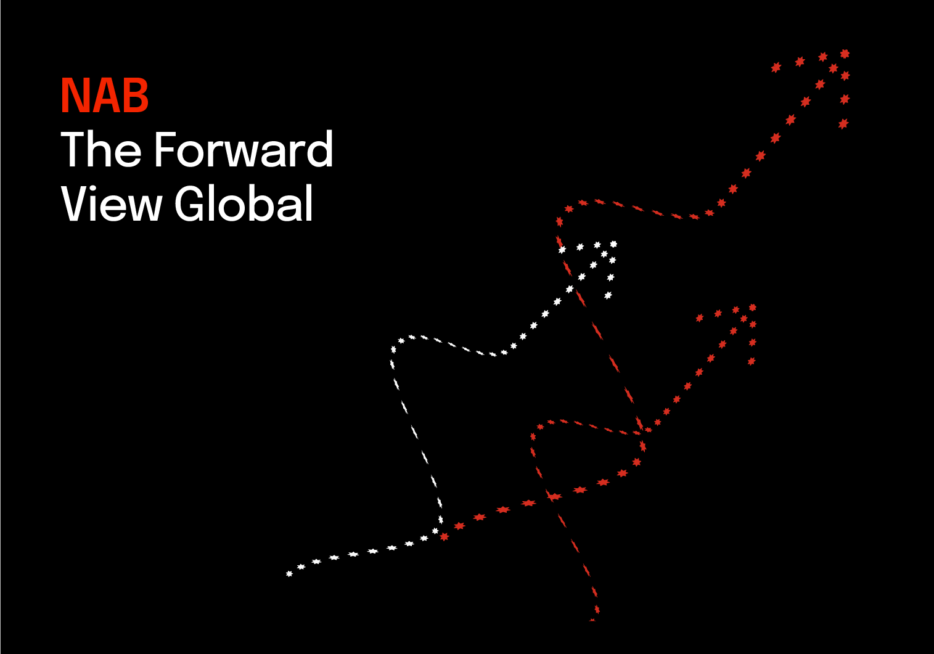Global growth headed for a H2 trough as tariffs start to bite


Insight
Our NAB Online Retail Sales Index data indicates that, while slowing slightly, growth continued in December.

NAB Chief Economist, Alan Oster commented:
Our NAB Online Retail Sales Index data indicates that, while slowing slightly, growth continued in December. In contrast, our broader estimate of retail trade indicates significantly weaker overall sales. Looking through the month-to-month volatility, sales growth seems to have accelerated in year-on-year terms.
From our data, online retail sales tend to be more sensitive to sales events. In November we looked at the impact of the Black Friday sales event. We now include the surrounding days to see the effect of the 4-day sales event between Black Friday and Cyber Monday. The spike in sales for these days was large enough that it is the likely cause of shifting seasonal factors, whereby December this year increased in importance. Having said that, in our data, November remains the key month for online retail. For more detail on this sales event, we have a special in focus section below (see page 6).
The smallest sales category, takeaway food, continues to lead growth, followed by second smallest category, games and toys, with rapid growth also for larger sales category, department stores. The largest sales category, homewares and appliances, continued to grow in December, and has returned to growth, albeit moderate, in year-on-year terms. Sales growth accelerated for the second largest sales category, grocery and liquor, with this category also up strongly in year-on-year terms. Fashion was the only category to record a contraction in sales growth in the month.
The three most populous states represent just over 80% of all online sales, slightly above their share of the population. A rebound in monthly sales growth puts Queensland in the lead for the large sales states, with the ACT leading the smaller sales areas. Victoria continues to lead in year-on-year growth terms.
Representing about two-thirds of all online sales, metropolitan areas recorded growth in line with the overall result, while regional area growth was much slower. In year-on-year terms, Queensland led metro growth, while Victoria leads regional areas on the same basis.
By merchant location, international retailers grew at a much slower rate than the overall index, with domestic retailers slightly faster. While fashion growth broadly contracted, this key source of sales for international retailers continued to grow. International retailers also outpaced domestic retailers in the personal and recreational category. Growth for the largest sales category, homewares and appliances, was dominated by domestic retailers, with international slightly contracting. While a small share of spend, international retailers also seem to be in retreat in the grocery and liquor category.
It is worth noting here that our definition of a domestic online retailer can include those merchants whose parent organisation might be overseas with an Australian subsidiary. Solely using GST as a key defining characteristic of domestic and international is no longer appropriate given changes made in July 2018.
For further details, please see the NAB Online Retail Sales Index December 2019
© National Australia Bank Limited. ABN 12 004 044 937 AFSL and Australian Credit Licence 230686.